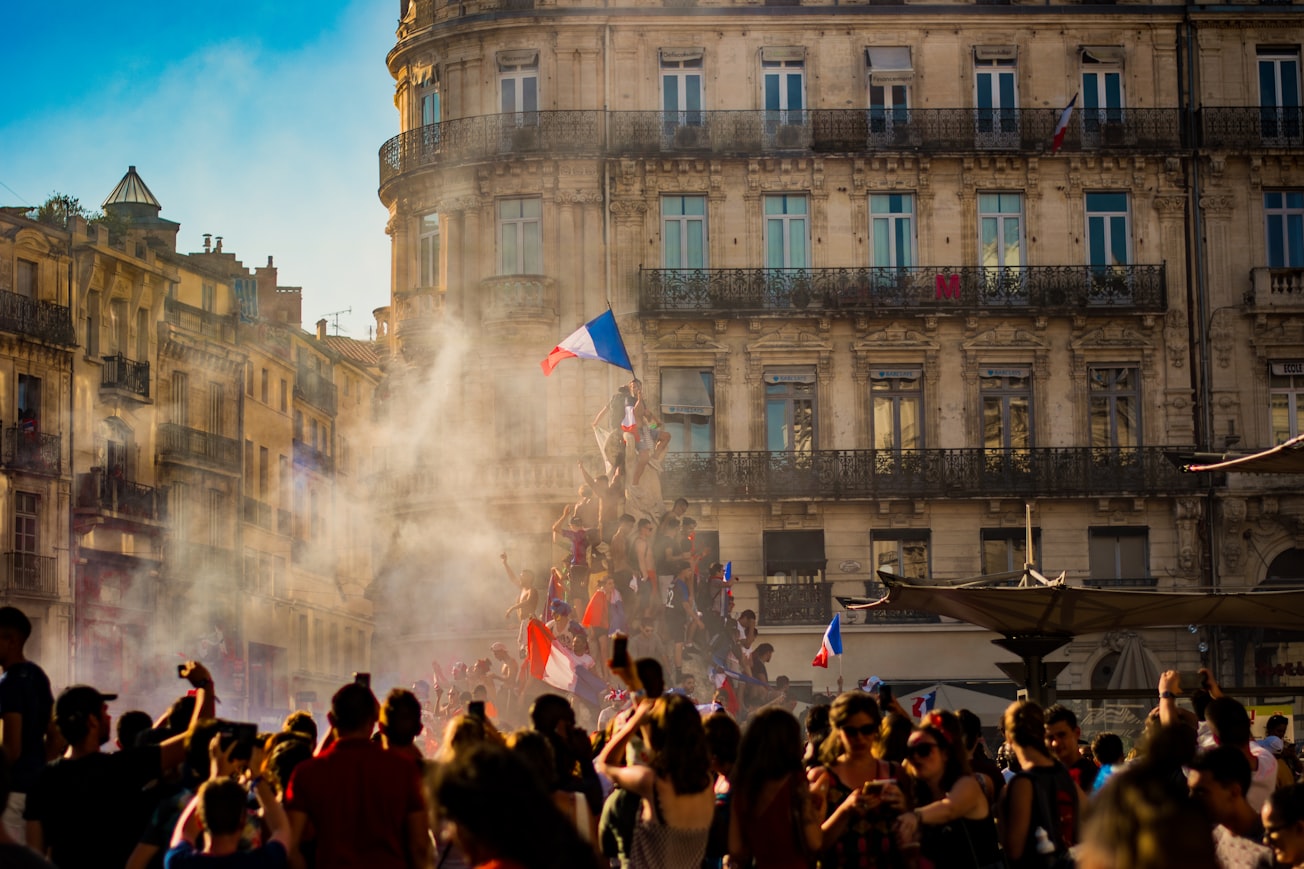What is it about?
In an analysis of political, economic, and social development in Peru in the years between 1980 and 2016, this book explores the failure of the socialist Left to realize its project of revolutionary social transformation. Based on extensive interviews with leading cadres in the struggle for revolutionary change and a profound review of documents from the principal socialist organizations of the 1980s and 1990s, the volume reveals that the socialist Left did not fully comprehend the deep political and social implications of changes to the country’s class structures. As such, the Left failed to develop and implement adequate strategic and tactical responses to the processes that eroded its political and social bases in the 1980s and 1990s, ultimately leading to its loss of social and political power. Lust concludes that the continued political and organizational agony of the Peruvian socialist Left and the hegemony of neoliberalism in society is a product of the dialectical interplay between the objective and subjective conditions that determine Peruvian capitalist development.
Featured Image

Photo by Pierre Herman on Unsplash
Why is it important?
In this book we study the development of capitalism, class and revolution in Peru in the period 1980-2016. It intends to shed light on the fact why the socialist Left has not been able to gain state power in the last thirty-six years. Although a lot has been written on the Peruvian socialist Left and its errors but, as will be pointed out in chapter 2, these works do no help us to explain why the socialist Left is still in an agonizing state. As we conclude in chapter 8, since the 1990s the socialist Left has been thrown back to the stage of primitive political, ideological and organizational accumulation. This book explains that the reasons why the socialist Left has not attained state power are principally related to the objective and subjective conditions of capitalist development. We argue that the erosion of the political and social bases of the Peruvian socialist Left, the product of the dynamics of capitalist development in the 1980s and 1990s and the implementation of a radical form of neoliberalism in 1990s, has not been understood by the socialist Left. This lack of understanding has disabled it to politically and organizationally address the processes that eroded its political and social bases. The political practice of the socialist Left did not change as a consequence of the changes in the class structure and in the distribution of employment by enterprise size groups that were going on in the 1980s and 1990s. This is one of the main reasons for the loss of political and social power of the socialist Left in the 1990s. The fact that the Peruvian socialist Left has still not embarked on an analysis of the evolution of the Peruvian class structure, might not only explain the continuation of the political and organizational agony of the socialist Left, but also the hegemony of neoliberalism in Peruvian society. We believe that our explanation of why the socialist Left has not gained state power in the last thirty-six years is an important contribution to the known factors such as political and military errors of the socialist Left in the 1980s and 1990s, the economic and social disaster of state-led development between 1985 and 1990, and the neoliberal attack on the proletariat and the peasantry, among others, as it combines elements of the objective and subjective conditions of capitalist development in Peru. Although it is not possible to determine if the factors mentioned in this book really have been decisive, we think they have been and still are crucial. We are convinced that not only without a revolutionary theory there can be no revolutionary movement as Lenin argued in What is to be done?, but also that without knowledge about the underlying trends of social reality it is not possible to successfully intervene in social reality with the objective to change it. It can be supposed that an understanding of the workings of capitalism in Peru as it relates to the dynamics of social change (class formation and struggle) might help strengthen the theoretical and political weaponry of the forces that struggle for a revolutionary social transformation of the system. Hence we hope that this book is not only seen as another social scientific interpretation of Peruvian political, economic and social reality but also as a contribution to change, i.e. to help bring about a process of revolutionary social transformation of capitalism in Peru, which, following Carchedi (1987: 95), can be defined as a path that irreversibly changes the prevailing system of capitalist production relations.
Read the Original
This page is a summary of: Capitalism, Class and Revolution in Peru, 1980-2016, January 2019, Springer Science + Business Media,
DOI: 10.1007/978-3-319-91403-9.
You can read the full text:
Contributors
The following have contributed to this page







